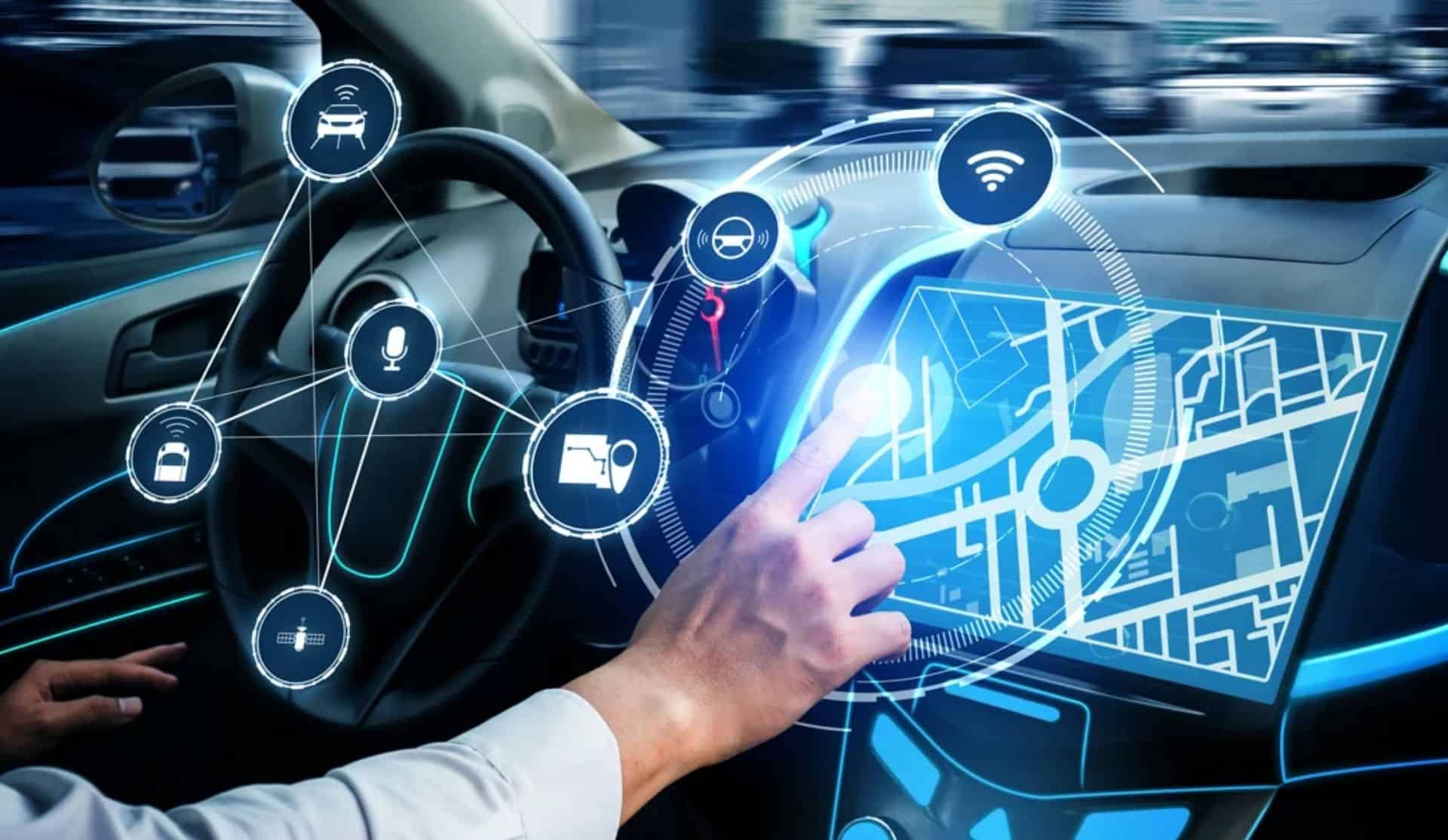
Smart Cars, Smarter Business: The Power of Automotive Software
One of the fastest-growing trends in the auto industry is the adoption of smart car technologies. Musk has changed how we think about smart cars by improving automation, using AI, and making cars more energy efficient.
Smart car technologies include the likes of self-driving cars, accident-free vehicles, and clean-energy automobiles. Big companies are busting their backs to innovate and retain their market share. There is a clear demand for connectivity, services, and automation in vehicles that 69% of customers likes an improved connectivity in their cars and 34% would welcome automation functionalities.
Startups play a role in cutting-edge smart car technologies that may shape the future of driving. The car industry is about to be revolutionized and smart cars provide a constantly updated fleet that improves safety and productivity
What are smart car technologies?
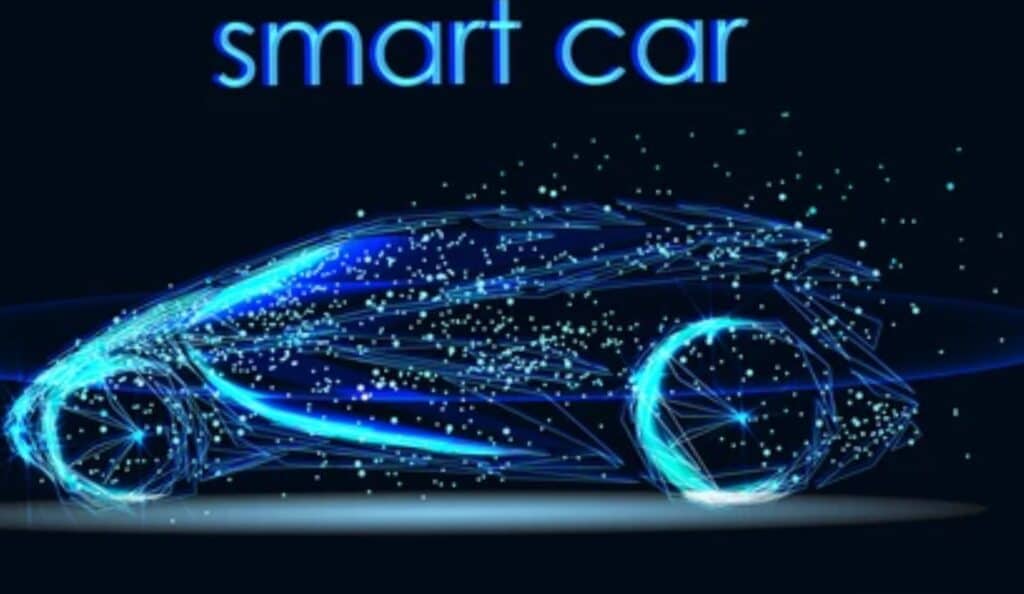
Smart car technologies are systems in vehicles that increase safety, energy efficiency, and usability. The software paired with the hardware enhances the driving experience. These are technologies beyond driver-assist systems and autonomous driving tech to connected car tech, battery management, and safety systems.
Software and Software Updates On Smart Car Technologies
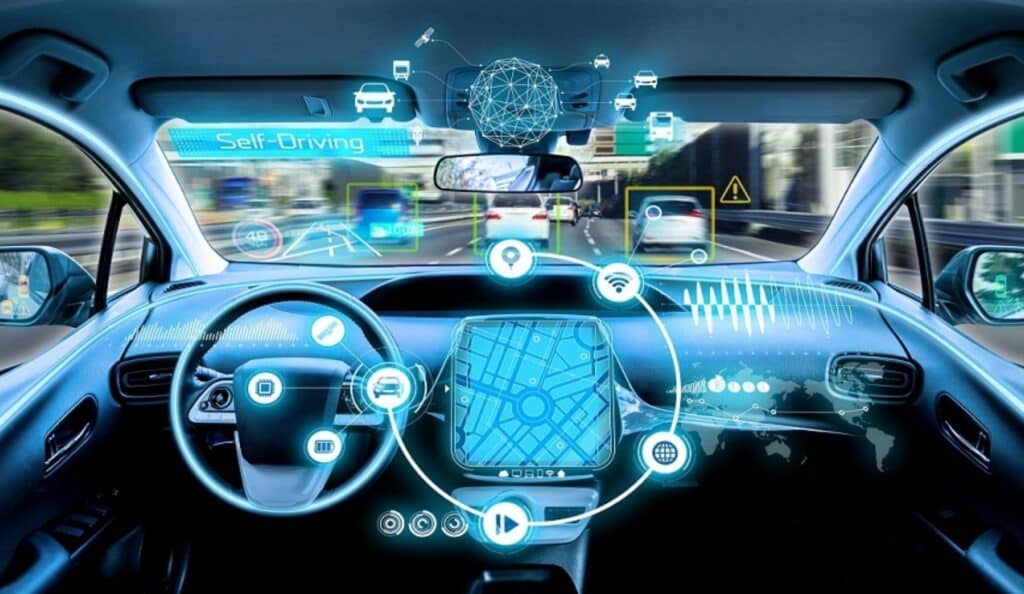
Software updates are turning cars into smartphones, easily adding new features and services. Now, to serve this new wave of software, car companies could sell not only cars but also software, which could make them more money over time.
Mind of the Car
There is also a device within a smart car that we call the mind of the car, as this device collects data from all sensors, controls the features of the car, and runs smart programs. It is designed in a way that allows for efficient and fast processing using low-level programming languages. They are so critical in modern cars for implementing driver assistance, auto parking, and self-driving features. In the coming years, embedded systems will collaborate with AI in a responsible way to help them make better decisions while enhancing safety.
A Revolution That is Smart
Smart, software-based cars in the motor industry are expected to lead to businesses that are better for the environment, cost less, and drive better. These are connected cars that offer a more personalized experience to drivers and also benefit car makers and related businesses.
You are already aware that the cars of the future will collect lots of data to provide a better experience for all the drivers and passengers on board, which could eventually transform AI-enabled cars into data-earning assets. The shift of “electrifying everything” is set to alter the auto industry dramatically.
Protocols For Communication
In smart cars, communication protocols are extremely helpful as they enable the exchange of data between various parts like engines and entertainment systems. It is an easy way for developers to use certain protocols like CAN or LIN to have a reliable network in their car.
Moreover, the features supported by these protocols include in-car entertainment, climate control, and navigation. Nonetheless, advancements in these protocols will be able to manage the increasingly complex features of the smart car.
Human-Machine Interface (HMI)
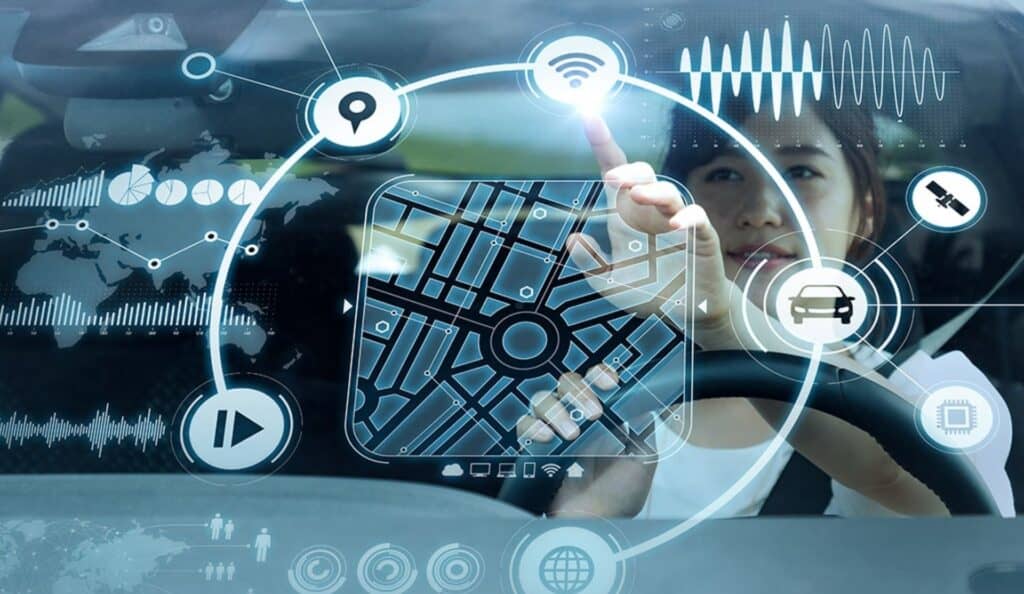
The interlinking of smart cars with users is very critical for drivers as well as passengers. It is necessary to improve the Human-Machine Interface (HMI) that makes these connections simple, friendly, and easy to look at.
Subsequently, HMI developers are connecting complex technology with human needs, so the experience is enhanced by touchscreens and voice commands all with a sense of safety as a top priority. Things such as touch-sensitive screens, voice assistants, and gesture controls are all part of the human-machine interface (HMI). It is constantly evolving, with new technology like augmented reality and voice recognition.
Over the Air (OTA)
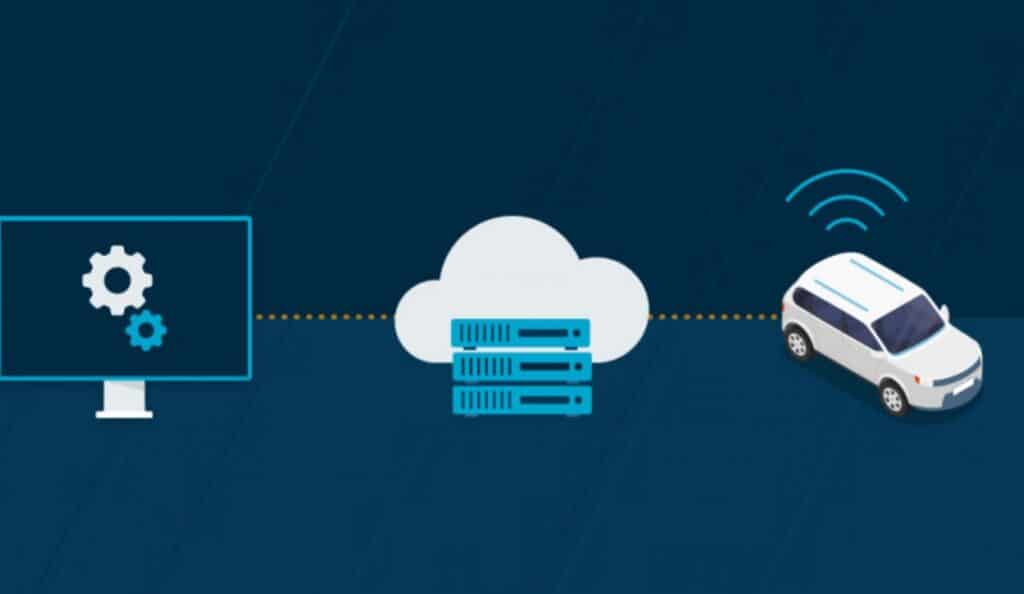
The Over the Air (OTA) update is revolutionizing the software field of cars by enabling the manufacturer the capability to push a software update remotely to a car. That also means they can fix problems, improve safety, and add new features over the air without a visit to the dealership.
So, it helps keep cars current with technology so cars are safer and better. In the future, this will become more frequent and smoother on OTA, subverting the way we perceive car ownership.
Cisco Software
Cisco has created a test car dashboard with three LCD screens. This allows drivers to move around different tools and displays, making it easy to change things based on what they want, like adding g-force meters or weather updates.
Sound System Software of Toyota
Toyota has warned its 200 dealers about sound systems that are not working in some of its cars, like the Yaris, Corolla, Kluger, Prado, LandCruiser, HiLux, and hybrid Prius. These systems can get stuck if you connect them to an iPhone, iPod Touch, or iPod Nano 6G that has the iOS 4.1 iTunes update from September 2010.
Entertainment And Health Benefits
With their ability to check health signs, with healthcare data security, self-driving cars are enjoying more popularity, and they may advance telemedicine. Knowing who’s inside would also allow these cars to find new ways to market and entertain businesses to passengers. They may allow drivers to spend more time handling social media and entertainment systems behind the wheel.
Furthermore, the car might even deliver themed shows or serve as a guide on trips. That data-centric future could fundamentally change everything for both drivers and businesses, and the smartest companies are preparing for that day.
Providing Cybersecurity
Increased connectivity of cars comes with worries about cyber security. So, smart cars must be resistant to cyber-attacks, and they should have safety mechanisms such as encryption and intrusion detection systems. It’s like having a digital bouncer for the backyard barbecue’s software.
As smart cars evolve, cybersecurity becomes increasingly critical, as any breaches could impact the car’s performance and the safety of its occupants. However, after 2023, the software of all the next cars will turn its attention toward cybersecurity.
Startups That are Moulding The Technology of Smart Car’s Future
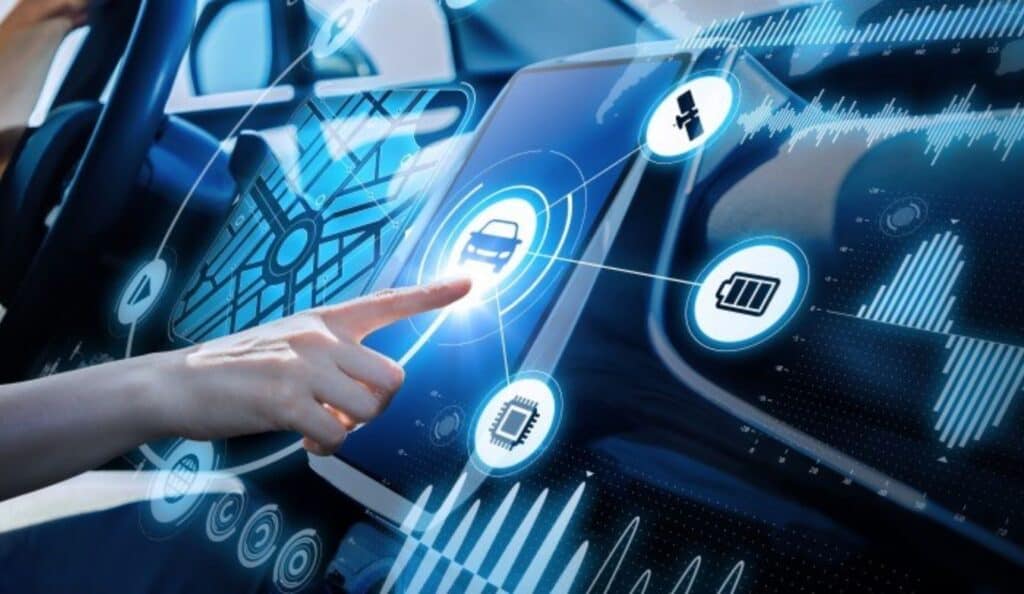
These autonomous vehicles are growing in popularity as they can keep an eye on health measures something that could prove essential in terms of telehealth. These cars may well establish new channels for advertising and entertaining passengers by familiarizing themselves with their users to display targeted ads or facilitate payments, for example. In addition, even talking about social media and entertainment, self-driving cars help people be more focused on it as compared to travel. They could even offer themed shows, or serve as guides during tours. It could change everything in the future of driving where data rules and smart companies are already preparing for the future.
About Energy
About Energy builds virtual battery models to help businesses make fast choices about batteries. They partnered with four luxury car brands and are remodeling car batteries for Porsche.
Volpost
Volpost is a startup that turns lampposts into electric car charging stations.
Soarchain
Soarchain is allowing car makers to make their vehicles ready for use with apps on blockchain networks and for direct transactions just removing the middlemen.
Waveye
Waveye provides sophisticated radar imaging technology to improve the capabilities of self-driving cars and robots. Their team assists enterprises in utilizing lightweight integrated AI radar technology for enhanced imaging capabilities.
Mimik
Mimik is evolving your platform, which is a startup that offers scalable technology for making vehicles smarter more efficient, and easy to use. They have functionalities to perform data analytics on the device and edge AI through microservice architecture.
Dirac
Dirac’s Assembly work is getting a makeover thanks to Dirac’s BuildOS, an automated platform that rapidly produces assembly instructions so that production can accelerate and errors can be minimized.
Peregrine.AI
Peregrine.AI adopts a car-focused approach to build camera intelligence that helps create safer and more sustainable travel.
Invert Robotics
By contrast, Invert Robotics provides safety and asset-quality robotic inspection technology.
Hedro
Hedro Smart Sensors allow you to upgrade your industrial machines to connect them to the Internet and enable companies to go digital without purchasing new equipment.
NoTraffic
NoTraffic uses data to optimize traffic flow immediately with smart technology.
Zendar
Similarly, Zendar improves advanced driver-assistance systems (ADAS) with superior radar that uses small inexpensive parts.
Ventus Technologies
Ventus Technologies utilizes advanced weather models to provide electric vehicles and autonomous vehicles with improved trip planning capabilities through up-to-date road condition information. They assist car makers and fleet operators in incorporating this data into their systems, in order to improve range and efficiency.
Challenges, Hurdles Along With Opportunities
With all the positive aspects of smart car technologies, however, there are also some challenges and hurdles.
Benefits
According to a recent study, 76% of Americans would be willing to share their driving and location information in order to receive benefits such as discounts, so, as long as connected vehicle tech is safe and offers obvious advantages, they’re ready to accept it.
Additional findings show 51% of Americans felt they liked me concept of cars acting as “digital wallets,” and if offered 54% would use it.
Challenges
But there are hurdles to clear before that happens. These include filtering city infrastructure, bridging the gap between new and old vehicles, making privacy rules clear, and educating consumers.
After that comes the task of updating city systems to make sure cars can communicate with other, nearby devices; developing a framework for supporting new and old cars; and working out the problem of privacy standards.
Users in general need education on connected cars’ benefits and responsibilities to help them avoid distractions and make life easier.
Future of Smart Car Technology
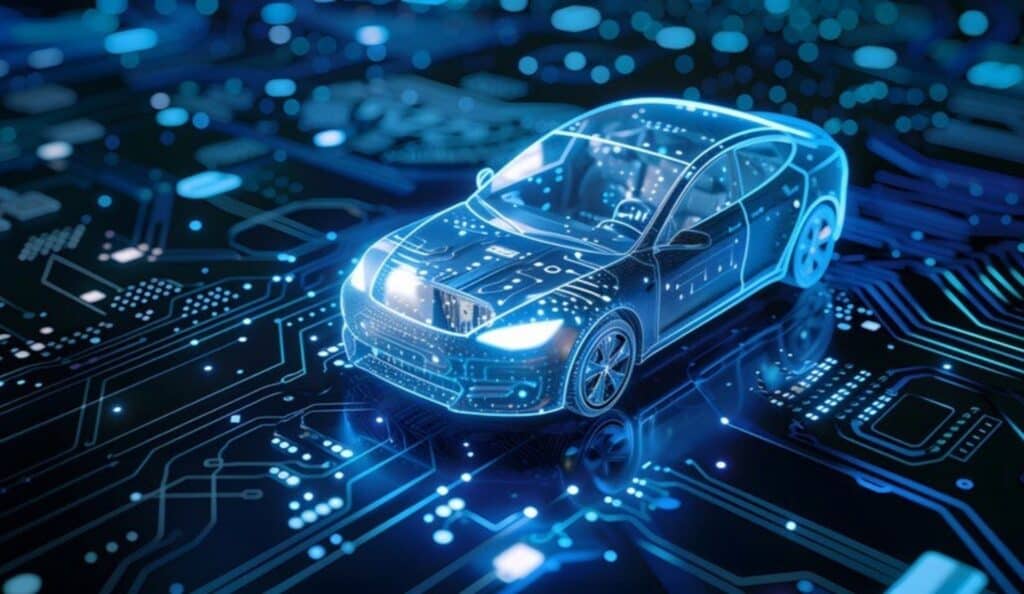
A survey showed that autos are focusing heavily on electric and self-driving vehicles. It is fair to say that smart car technologies to the extent that they exist today are so complex that startups that are developing them. That is this glimmer of hope for cooperation between new-tech and traditional carmakers.
Rather, this partnership is at the heart of the Open Innovation model, which supports the exchange of thoughts that fuels technological advancement. Open innovation is creating exciting new vehicle technology and professionalization.
Conclusion
Smart technologies are reshaping the future of cars with innovations such as self-driving cars, electric cars, and connected cars. These new features are helping cars to become better at communicating information, comfort, and inspiration. Auto companies are scrambling to keep up, with the safety, energy use, health tracking, entertainment, and monetizing data with various software and updates.
But we need to rethink our roads, our privacy, and our users if we want these technologies to get to where they need to go. Although these challenges exist, new startups and established companies are working together, leading smart car technology to grow and making the future smarter and more connected.